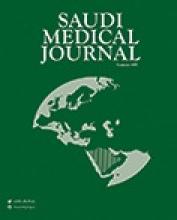Abstract
OBJECTIVE: To develop a molecular technique that is fast and reliable in detecting porcine contamination or ingredients in foods.
METHODS: The method applied involved DNA amplification using polymerase chain reaction (PCR) technology. Thus, the sequence of a certain gene found uniquely in pork was identified and its sequence was used to design specific primers for the PCR. The extraction of DNA was optimized in respect to PCR and detection limits were established. The optimized method was then used to identify pork in food products obtained from various local hypermarkets. The latest results were confirmed in triplicates on the 20th April 2006 at the Molecular Biology Laboratory, International Islamic University, Malaysia.
RESULTS: The method was shown to be robust and reliable. Out of 30 food samples not expected to contain pork material, 3 samples were shown to be contaminated with pork material; 2 chocolates and one chicken nugget.
CONCLUSION: We observed that 2 food products that were labeled as halal showed positive for porcine ingredients, while another that did not have any halal logo but originated from outside Malaysia and exported to many Middle Eastern nations also showed positive.
- Copyright: © Saudi Medical Journal
This is an open-access article distributed under the terms of the Creative Commons Attribution-Noncommercial License (CC BY-NC), which permits unrestricted use, distribution, and reproduction in any medium, provided the original work is properly cited.






